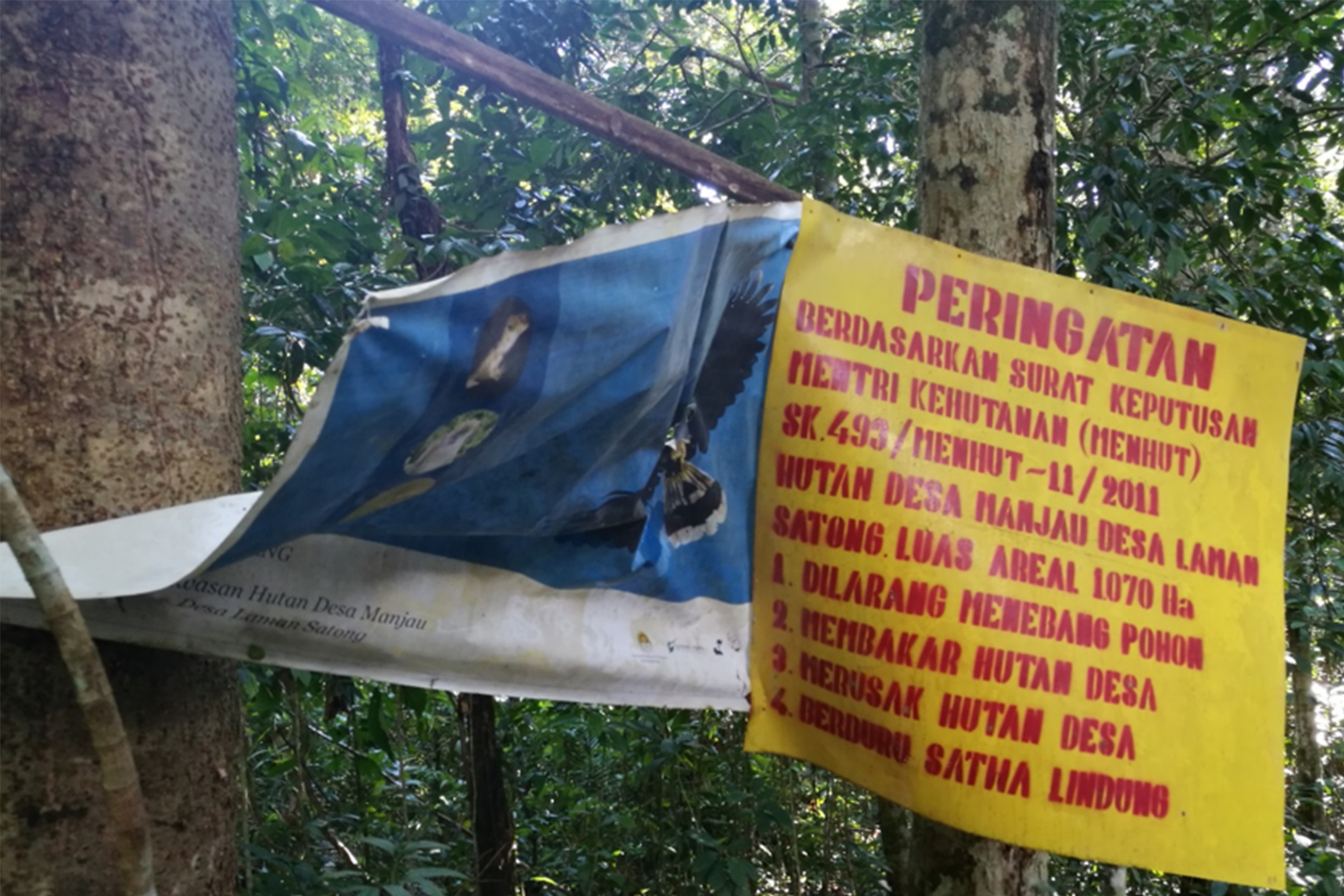Many governmental and non-governmental organizations in Indonesia see community forestry as a new approach to reduce environmental degradation and increase social welfare. Despite a decade of experimentation with the concept, very little is known, however, about actual impacts on the ground. There have been some success stories in the international media, but it remains uncertain whether these successes are mirrored across the Indonesian archipelago.
Our studies over Kalimantan and Sumatra reveal that Village Forest (or hutan desa) areas reduce deforestation in forests allocated for watershed protection and limited timber extraction. However, in forest allocated to normal timber production or conversion to agriculture, hutan desa areas have higher deforestation than comparable forests not managed by communities. The full scientific appraisal was published in the journal Global Environmental Change in 2017. It is free to access here.
We undertook a second analysis to examine the role of hutan desa in alleviating poverty in nearby villages – this time restricted to 6,600 villages in Kalimantan. For this we used 16 multidimensional indicators of poverty from the Indonesian government’s PODES census. These indicators included, among other measures, basic living conditions, indicators of social security, and the village’s potential to prevent environmental hazards.

Mean annual deforestation rates between 2010 and 2014 inside Hutan Desa and in control areas, and the mean change in overall well‐being. See https://besjournals.onlinelibrary.wiley.com/doi/full/10.1002/pan3.25
We found that in the 6 years hutan desa had been operating, the programme reduced poverty levels and deforestation overall. However, hutan desa was associated with both reduced deforestation *and* poverty in just over half of cases. In other cases there were positive outcomes for forest conservation or poverty alleviation, but not both. Again, benefits to forests and people varied substantially depending on where the community forestry was established (in particular the land-use zone designation), and also on underlying community livelihood characteristics. These findings were published in the journal People and Nature in 2019 – the article is free to access here.
Although our study has so far been confined to Kalimantan and Sumatra, it is clear that positive outcomes can be achieved with community forestry in Indonesia, but not everywhere. This is important to take into account as Indonesia rapidly expands its social forestry programme across the archipelago. See our perspective article in Conservation Science and Practice on the issues faced and potential solutions.
